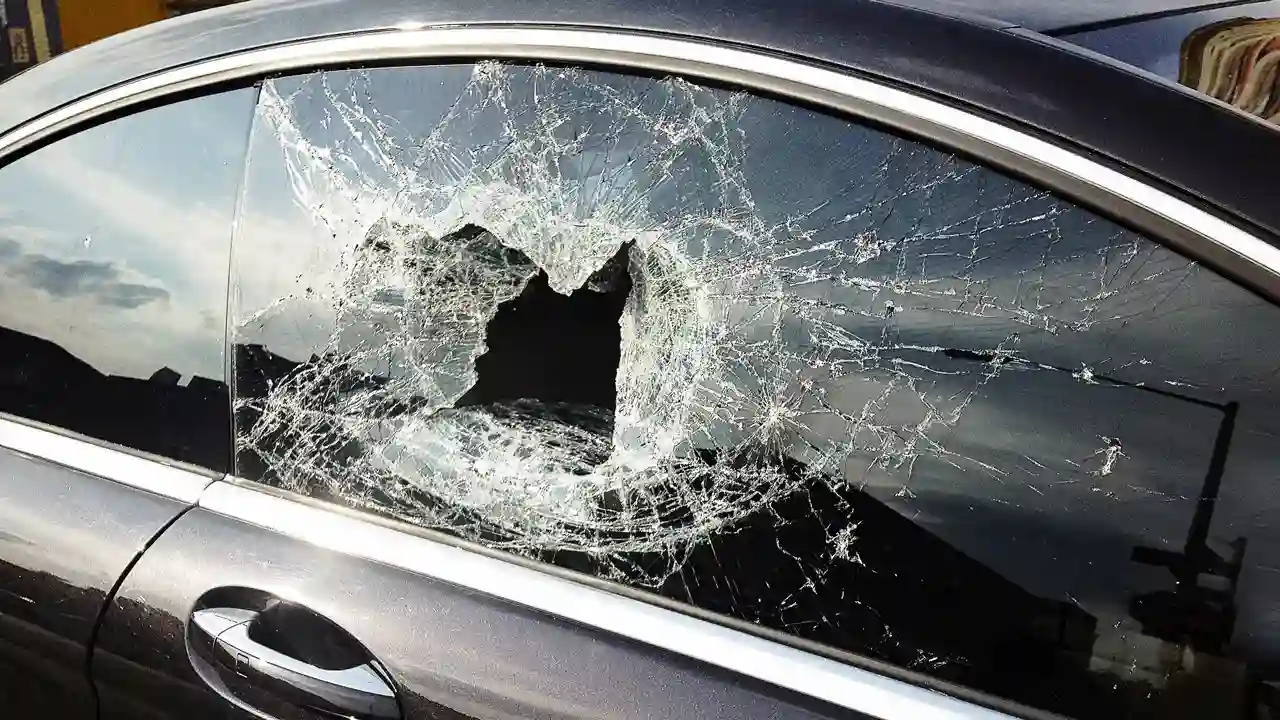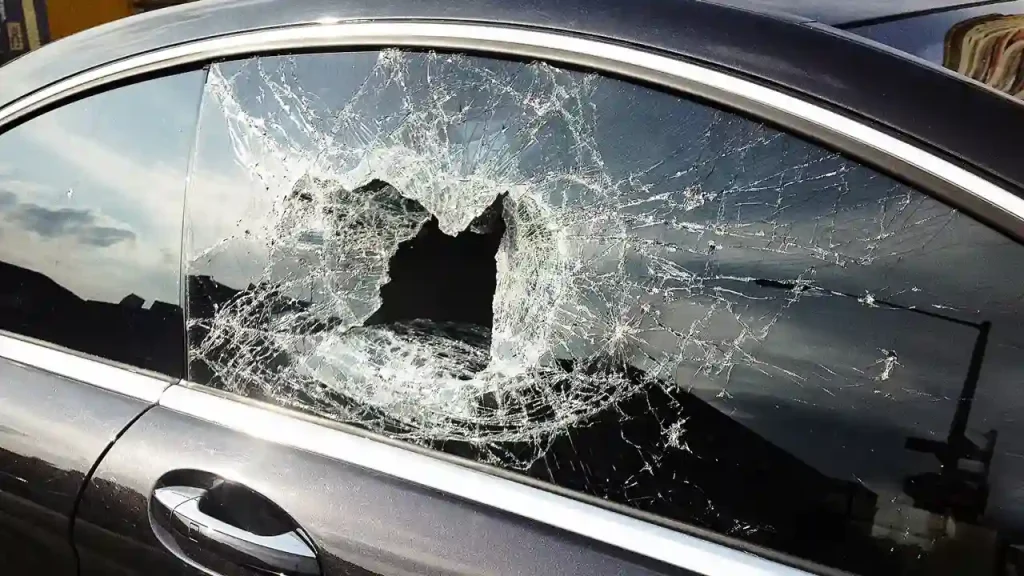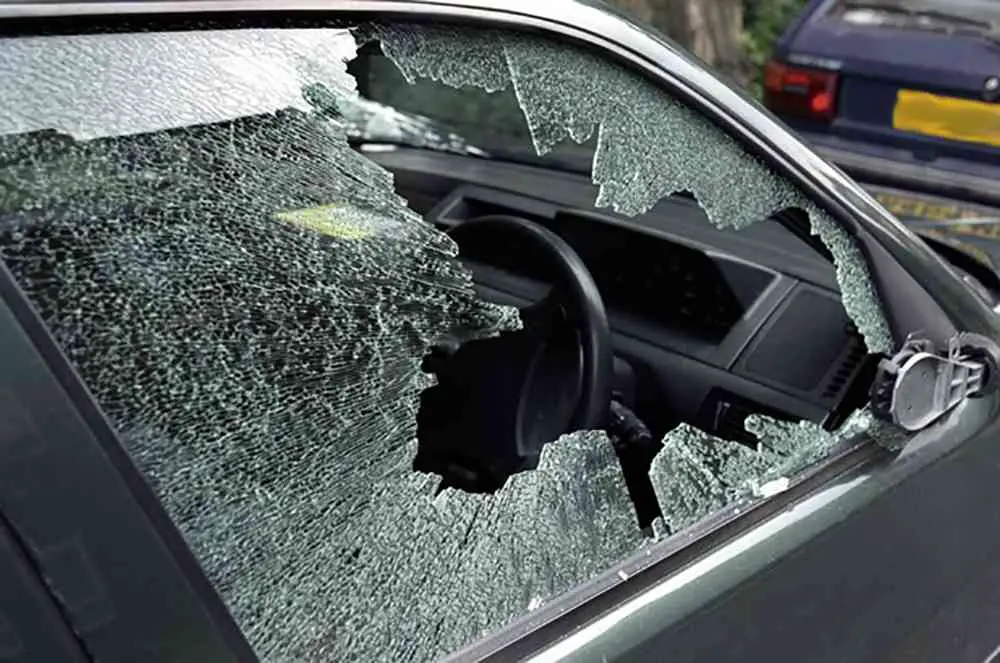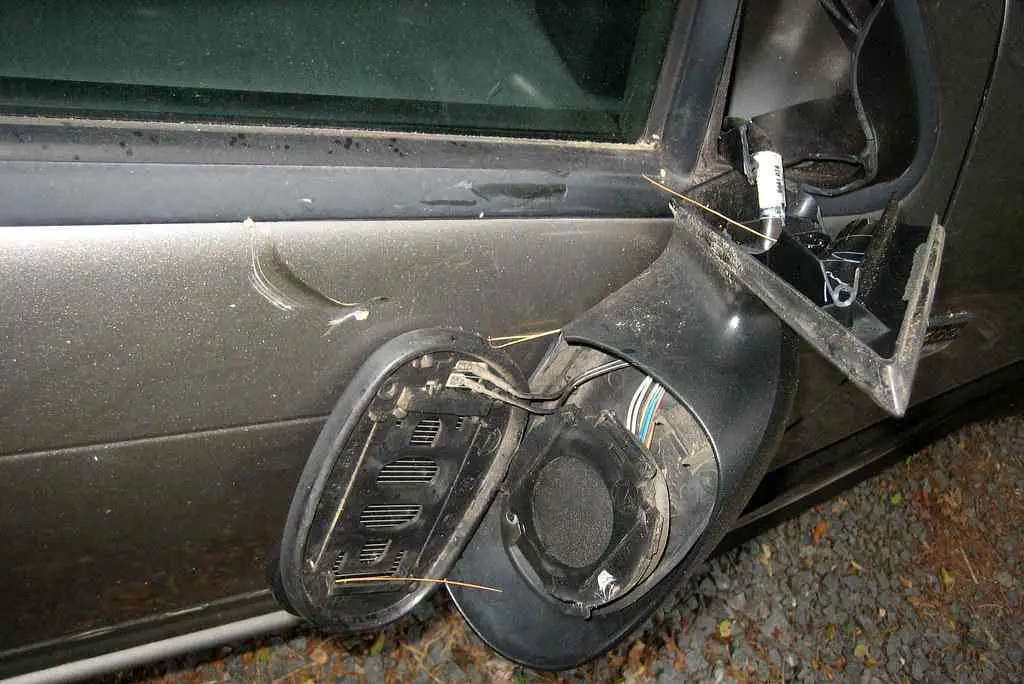Egging a car is a form of vandalism that can cause significant damage to a person’s property.

Not only is it unsightly, but it can also be costly to repair. The purpose of this article is to inform readers about what actions the police can take in response to this type of incident.
It will cover the legal definition of vandalism, the steps that should be taken if a car has been egged, and the methods that the police may use to identify a suspect.

The legal definition of vandalism
Vandalism is defined as the intentional damage or destruction of someone else’s property without their consent.
This includes acts such as graffiti, keying a car, or egging a car.
The severity of the crime and the potential penalties vary depending on the value of the damage caused.
In most states, vandalism is considered a criminal misdemeanor and is punishable by fines and/or imprisonment.
If the damages caused is greater than a certain monetary value, the penalty can be enhanced to a felony level, which can carry much harsher penalties, including longer jail terms, higher fines and probation.
Reporting the incident to the police
If someone’s car has been egged, the first step they should take is to contact the police and report the incident.
It is important to provide a detailed description of the incident, including the date and time it occurred and any distinguishing features of the person or vehicle involved.
Once the police have been notified, they will begin an investigation and gather evidence.
This may include collecting physical evidence such as eggshells and taking photographs of the damage.
It is important for the victim to preserve any physical evidence and to take pictures of the damage as soon as possible, as this can help the police in their investigation.
It is also important for the victim to file a report with their insurance company.
Vandalism is a covered peril under most insurance policies, but the policyholder need to be able to provide evidence of the incident to file a claim.
Identifying the suspect
The police will use a variety of methods to try to identify a suspect, including reviewing surveillance footage and interviewing any potential eyewitnesses.
The victim can also assist in the identification process by providing a description of the person or vehicle involved and any known motives.
If the police are able to identify a suspect, they will take appropriate action, which may include making an arrest, issuing a citation or issuing a warrant for the suspect’s arrest.
It is important to note that in some cases, the police may not be able to identify the person responsible for egging a car.
This can happen if there are no witnesses or surveillance footage, or if the physical evidence is not sufficient to conclusively identify a suspect.
But that does not mean the case is closed, the victim have options for civil action, which will be explained further in the second half of the article.

Prosecution and potential outcomes
If the police are able to identify a suspect, the next step is to prosecute them for vandalism.
The victim will likely be called as a witness during the trial. The prosecutor will present evidence and testimony to prove the defendant’s guilt beyond a reasonable doubt.
The potential outcomes of a vandalism case depend on the specific circumstances of the case and the laws of the jurisdiction where the crime occurred.
Penalties for vandalism can include fines, imprisonment, and/or community service. The judge may also order the defendant to pay restitution to the victim for the cost of repairing the damages.
Prevention and protection
While it is not always possible to prevent vandalism, there are some steps that can be taken to reduce the risk of it occurring.
These include installing security cameras, parking in well-lit areas, and being vigilant about suspicious activity in the neighborhood.
Another way to protect a car from vandalism is by applying vandal-resistant coatings, or installing security features such as alarms and GPS tracking devices.
It’s also important to note that vandalism is covered under most auto insurance policies as “comprehensive” coverage, which means that the policyholder can file a claim to get their car fixed.
However, it’s a good idea to have a proper understanding of the policy and know what’s covered and what’s not, and also the potential effects on premium rates.
Conclusion
Egging a car is a form of vandalism that can cause significant damage and be costly to repair.
In this article, we have discussed the legal definition of vandalism, the steps that should be taken if a car has been egged, the methods that the police may use to identify a suspect, and the potential outcomes of a vandalism case.
We also offered tips and advice for preventing vandalism and protecting one’s car, including installing security cameras and purchasing vandal-resistant coatings.
It’s important for readers to know that vandalism is a crime and should be reported to the police, and also have an understanding of their insurance coverage.

What should I do if I witness someone egging a car?
If you witness someone egging a car or any other act of vandalism, you should call the police immediately and provide them with as much information as possible about the incident.
This can include a description of the person(s) involved, the time and location of the incident, and the license plate number of the vehicle if applicable.
Your statement can help the police in their investigation and identification of the suspects.
Will the police be able to find the person who egged my car if there are no witnesses or surveillance footage?
It can be more challenging for the police to identify a suspect if there are no witnesses or surveillance footage available.
However, they will still investigate the incident and gather any available evidence, such as physical evidence like eggshells or fingerprints and try to identify the suspect through their database of known offenders or by using forensic techniques.
It is important to note that in some cases, the police may not be able to identify the person responsible.
Is there a statute of limitation for vandalism charges?
Statutes of limitation vary depending on the jurisdiction and the type of crime.
For vandalism, the statue of limitation varies from state to state, some have as short as 1 year and some as long as 6 years.
It’s important to note that the clock for the statute of limitation starts running on the date of the incident, not the date of the arrest.
Can I file a lawsuit against the person who egged my car?
Yes, you have the option to file a civil lawsuit against the person who egged your car, seeking monetary compensation for the damages caused.
This can include the cost of repairs and the loss of value to your car.
Civil lawsuits are a separate process from criminal charges and do not require a criminal conviction for the person to be found liable.
Is egging a car considered a hate crime?
Egging a car or any other form of vandalism is not typically considered a hate crime.
Hate crimes are defined as criminal offenses that are motivated by bias or prejudice based on characteristics such as race, religion, sexual orientation, or national origin.
However, if the egging or vandalism is specifically targeted at someone based on their characteristics and motivated by hate, then it could be considered a hate crime.